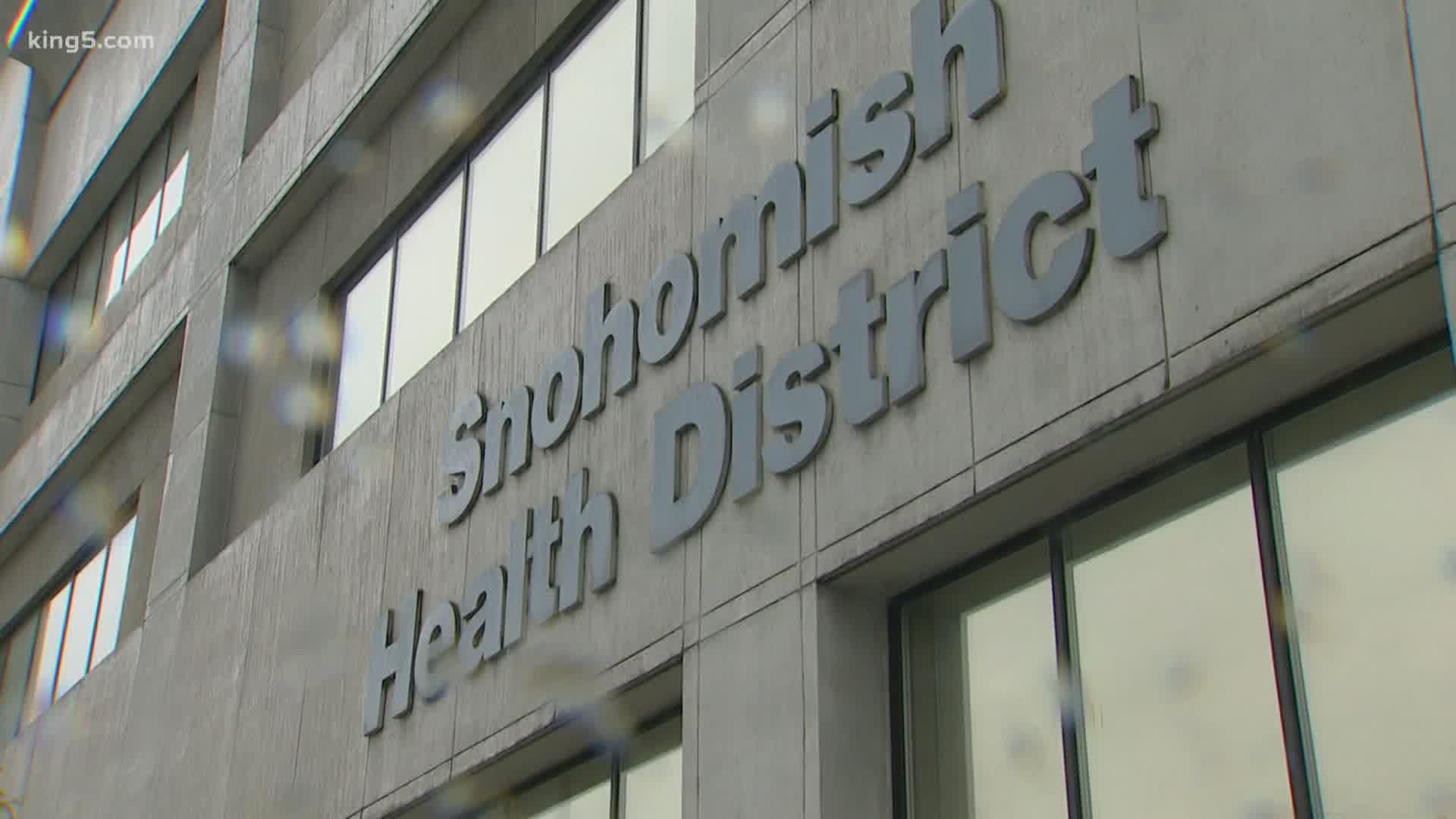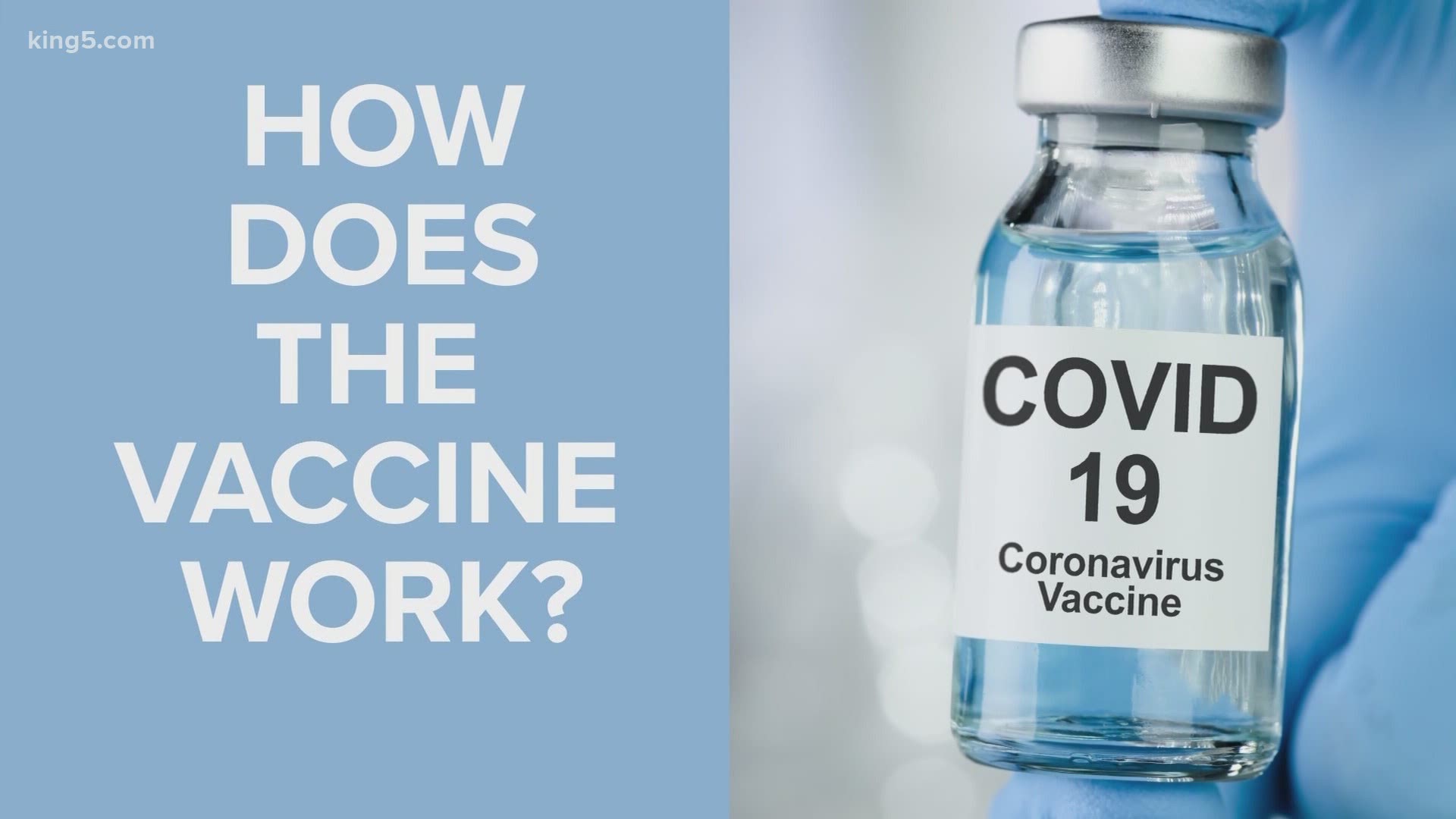Snohomish County saw the start of America’s coronavirus pandemic in January, with the first identified U.S. case.
Nine months later, the county is preparing to see the end of this pandemic.
After nearly a year of closures, lockdowns and more than 2,000 deaths across the state, there is finally a faint glimmer of hope.
“When the vaccine comes, we start to turn the doorknob on that gateway out of this,” Snohomish County Health Officer Dr. Chris Spitters said.
The federal government has told states and counties to prepare for distribution of a coronavirus vaccine as soon as Nov. 1.
While few think that date is realistic, local health officials believe Washington will see two vaccines by the beginning of 2021.
But who will be treated first?
It’ll go in phases, with Phase 1 including first responders, health care workers, longterm care workers and residents, as well as those involved in national security.
Spitters says it will be up to the states to prioritize from there.
“I think it might be more risk-based. The highest risk health care workers, the highest risk facilities, the highest risk first responders get the first cut,” he said. “Then we try to fill in after that. The average healthy adult and child in the community might be seeing a vaccine in the summer or fall of next year.”
Simply getting the vaccine to the public, though, will be a challenge in and of itself, and there are plenty of potential problems.
First of all, there won’t be enough medicine for everyone, at the outset, forcing tough decisions for governors.
The vaccine will likely come in two doses administered weeks apart, so people will have to show up twice.
Also, the vaccine must be stored in temperatures up to 70 degrees below zero, necessitating special freezers.
Then there’s whatever else 2020 decides to throw at us.
“We’re coming into fall flood season and winter weather and we’re just coming out of fire season,” said Jason Biermann, director of Snohomish County’s Department of Emergency Management. “All these things are happening including daily life under coronavirus. Those challenges posed by needing to vaccinate a large number of people just exacerbate all those other things.”
Perhaps the biggest obstacle to getting a vaccine into the American bloodstream is public perception — the concern that President Donald Trump may be pushing a vaccine too quickly for political purposes.
“Certainly, locally and in Washington state we’re not going to recommend a vaccine for folks unless it’s safe and effective,” Spitters said. “If it’s shown to be efficacious and safe in that manner, once it’s my turn I’ll certainly line up.”
Those lining up will most likely do so at large hospitals in three phases over about nine months, once the vaccine is available.
Until then, plan to continue social distancing and wearing a mask.


